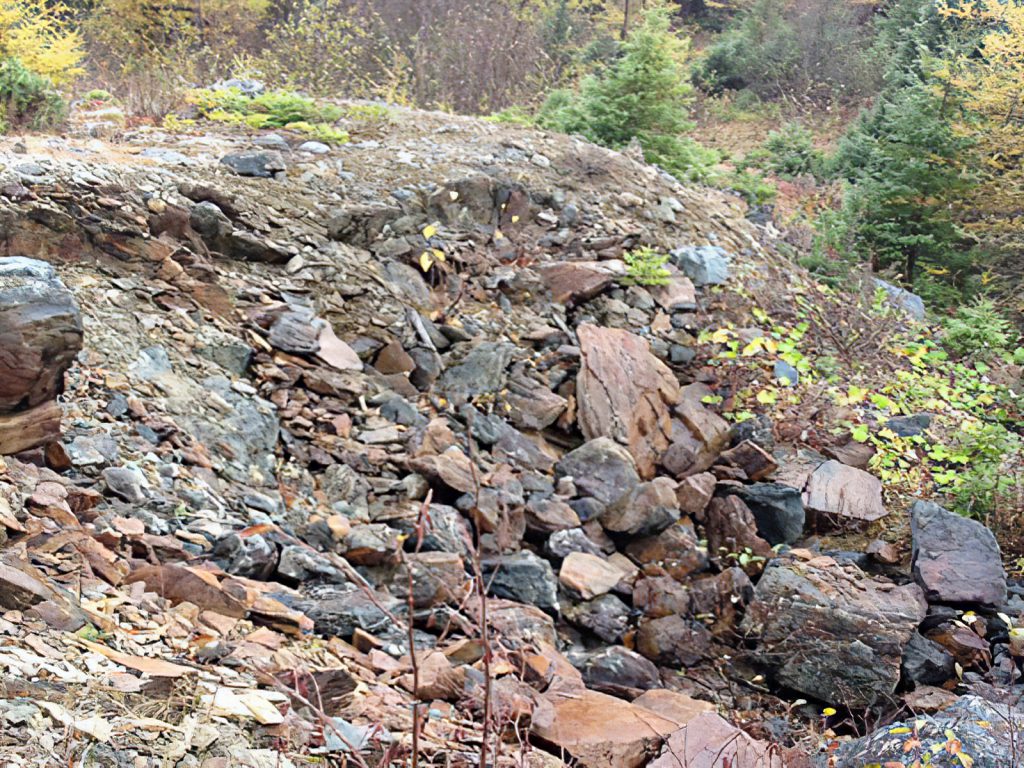Spruce Ridge up 14% on Newfoundland drilling news

Spruce Ridge Resources Ltd. [SHL-TSXV] shares advanced in active trading Monday December 21 after the company released drilling results from its 100%-owned Great Burnt copper project in central Newfoundland. The project covers a series of copper and gold-rich volcanogenic massive sulphide (VMS) deposits.
The company said it has completed a 22-hole, 3,100-metre program of infill diamond drill on the project. It said core from drill hole GB20-05 was selected for assaying on a priority basis because it included sections of unusually high-grade copper mineralization.
The hole intersected 27.2 metres averaging 8.02% copper, including 7.75 metres of 16.88% copper, which in turn included 2.0 metres of 21.25% copper.
The shares jumped 14.3% or $0.015 to 12 cents on volume of 3.45 million. The shares are currently trading in a 52-week range of 15 cents and $0.025.
Spruce Ridge is a Canadian mineral exploration company with a portfolio that also includes the Nora Lake gold property in Ontario and Drumlummon tailings project in Montana. Drumlummon is held in a joint venture with Americas Gold and Silver Corp. [USA-TSX; USAS-NYSE American]
On its website, Spruce Ridge describes Great Burnt as VMS deposit that is located on a highly prospective base-metal-rich greenstone belt, consisting of four prospective zones, including the Great Burnt, South Pond A, South Pond B, and End Zone Prospect.
Previous infill drilling on the Great Burnt Copper Deposit in 2016 and 2018 resulted in an increase in the inferred resource form 382,000 tonnes of 2.68% copper to 550,000 tonnes of 2.66% copper (a 41% increase in contained copper from 23.0 to 32.3 million pounds). The inferred resource on the Great Burnt Copper Deposit now stands at 572 million tonnes of 2.41% copper or 30.4 million pounds.
“This remarkable drill hole confirms how variable are the grade and thickness of the Great Burnt Main Zone,” said Spruce Ridge CEO John Ryan in a press release. “It also reaffirms our suspicion that the 1960-vintage historical drill holes on the deposit may have understated the grade because they were drilled with standard drilling EX core, and the drills indicated poor core recovery in the mineralized zone,” he said.
“When all the assays are in from the 2020 program, we plan to revise the mineral resource estimate for the Great Burnt Main Zone, and prepare a PEA so we can move to pre-production development.
